High milk prices and a scarcity of labour on farms have seen a huge increase in the number of automated heat and health detection aids being used on dairy farms.
These automated systems use technology to alert the farmer if they think the cow is sick or in heat. The system involves a number of devices:
The first is the part that is on the cow, such as a collar-mounted device, ear tag or a bolus that goes into the rumen.
The second is the base station that communicates with the cow device and this needs to be within range for the signal to be reached. For most herds, this is not a problem as cows approach the milking parlour twice a day for milking.
Farmers should check how long it takes for the information to be transmitted to and analysed by the base station before the data is sent to the farmer’s phone or drafting gate. Is there a minimum internet connection speed required?
Automated drafting gates are not a requirement for the system to work, but are pretty much essential to get maximum benefit from it. For example, if the system tells you that four cows are bulling and where no automated drafting gate is present, the farmer must identify the cows and draft them manually.
This is relatively easy where tail paint is being used as the cows bulling will have paint removed, but where no paint is used, it will be more difficult to identify the cows. Some manufacturers have their own or preferred drafting gates, which automatically draft the cows for AI.
Key considerations when purchasing an automated heat and health detection system are cost, quality, lifespan and cost of software updates over the lifetime of the devices.
Different suppliers tend to focus on different aspects. Some are competitive on price, others have longer warranties but they nearly all claim to be better than the rest in terms of their ability to identify animals in heat or getting sick.
Battery life is a big issue for this technology. Most companies will claim a battery life in tags or collars that extends beyond the warranty but this really needs to be taken with a grain of salt.
Warranty
The warranty is the farmer’s defence against the product giving up before time. If the company says it will last eight years but warranties for six years and it gives up in year seven, the farmer has no comeback.
Tag-based systems are less intrusive than collars and they don’t make any sounds when cows are feeding whereas some weights in collars tend to bang off steel meal troughs in the parlour.
However, they tend to have a shorter battery life than collars.
Boluses in the rumen are more effective at picking up temperature, but unless the farmer goes to the meat factory when the animals are being killed, the bolus goes with the cow.
In terms of quality, there is no evidence to say that automated heat detection aids are in any way superior to manual heat detection aids.
The key difference is the word “automated”.
Many dairy farmers with automated heat detection systems in place continue to use tail paint as a backup
Manual systems rely on a person’s animal husbandry skills to do a good job.
Where this person is not equipped with the skills for that then, yes, an automated system would be expected to be superior.
It is interesting to note that many dairy farmers with automated heat detection systems in place continue to use tail paint as a backup.
Some do this out of habit but a share don’t fully trust the system in place, for whatever reason.
Having said that, there are many more farmers with systems installed who rely on it 100% and achieve good breeding results.
Below is a sample of the heat and health detection aids currently available on the Irish market.
Prices and specifications are based on the requirements for a standard dairy herd in Ireland and are correct as of October/November 2022.
Cow Manager
The Cow Manager system works on ear tags and has real-time data monitoring 24/7. The system uses a series of antennas to pick up data from the tags. The standard kit includes a base station or co-ordinator connected to a computer costing €650, two antennas costing €600 each, a solar-powered antenna costing €1,150. Each ear tag costs €32 per cow and there is an annual fee of €23 per cow for software updates. When this annual fee is being paid, all parts of the system including tags are fully covered by warranty and system support. All costs exclude VAT.
Dairymaster MooMonitor+
The Dairymaster MooMonitor+ system is a collar-based heat and health detection programme. MooMonitor+ is available in a number of different packages tailored to herd size, activity and health monitoring requirements and also various software/base station combinations. Retail price ranges from €100 to €125 per collar, depending on the package.
Software ranges form €3,000 to €4,500, depending on the required application. The warranty ranges from three to five years depending on the package. All prices are exclusive of VAT.
Moonsyst
Moonsyst is a new bolus-based product developed by Corkman Desmond Savage and colleagues. Moonsyst works by placing a bolus in the rumen or reticulum of the cow, which then monitors animal health and heat activity.
Each bolus costs €99 and has a warranty of three years. A Gateway device costs €1,999. All prices are based on a 100-cow order and are excluding VAT.
Censortec Nedap
Censortec Nedap is one of the main players in heat detection and health monitoring.
The system involves a base station and a collar. It is unique in that it has the ability to operate to 100% without broadband. Censortec auto-drafts with ALFCO drafting gates. Installation costs vary but, in general, a base station costs €3,000 to €5,000 with collars at €125 each. All prices are excluding VAT.
Sensehub
Sensehub is the fertility and animal health monitoring company owned by MSD Animal Health. Sensehub health and heat detection is available in two devices: collar or ear tag. Both require a base station costing €2,500.
The ear tags cost €100 each and have a warranty of four years, while the collars cost €120 and have a warranty of five years. All prices excluding VAT. Sensehub is compatible with Allflex and Saber drafting gates.
SmaxteC
The Austrian company is setting up a new Irish operation in Tipperary. SmaXtec uses a bolus placed in the reticulum or rumen to monitor health and heat activity.
Base stations are portable and can be moved around the farm so real-time data is also available. Cost wise, there is a special offer on the base station of €3,000. The normal price is €6,000. Each bolus costs €35 and there is a €30/cow/year charge thereafter.
All prices are excluding VAT and the bolus has a warranty for the lifetime of the cow.




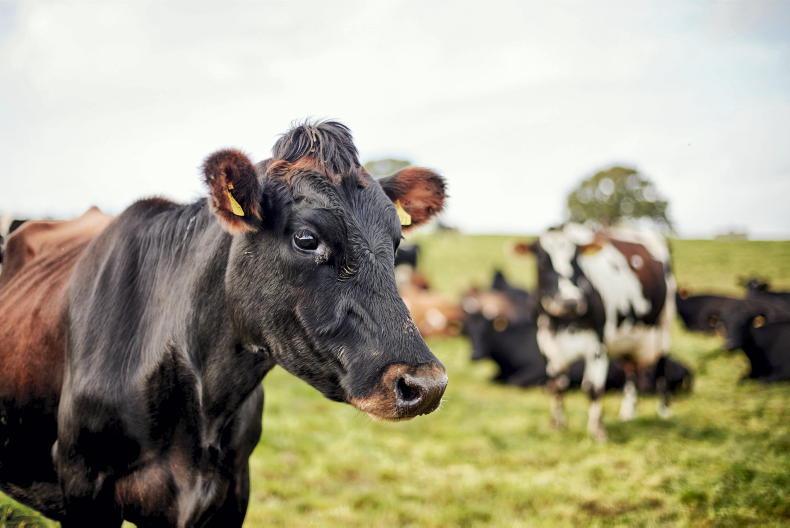
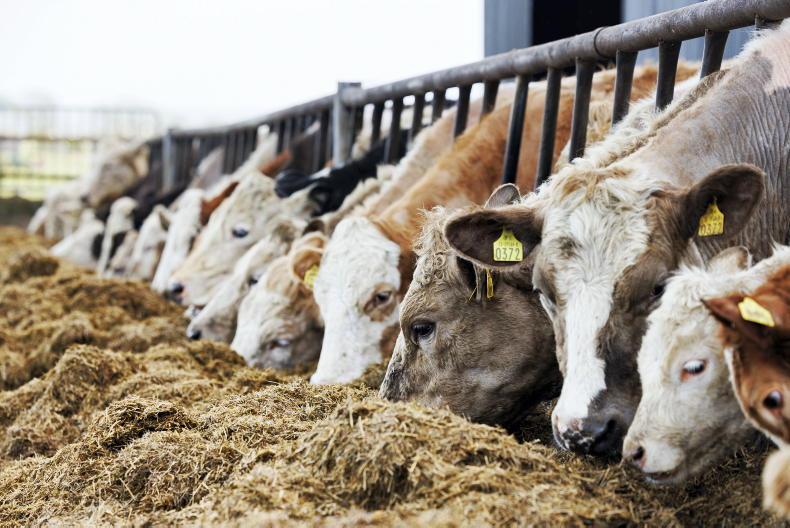

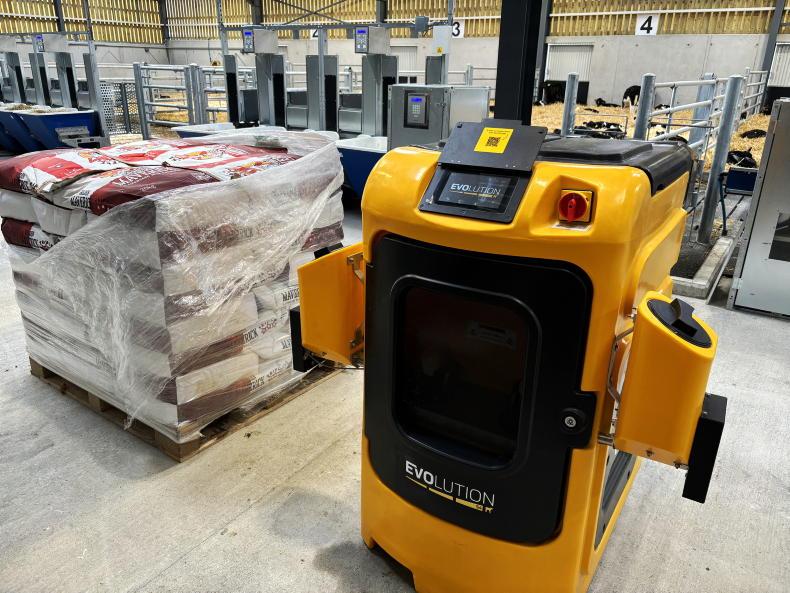
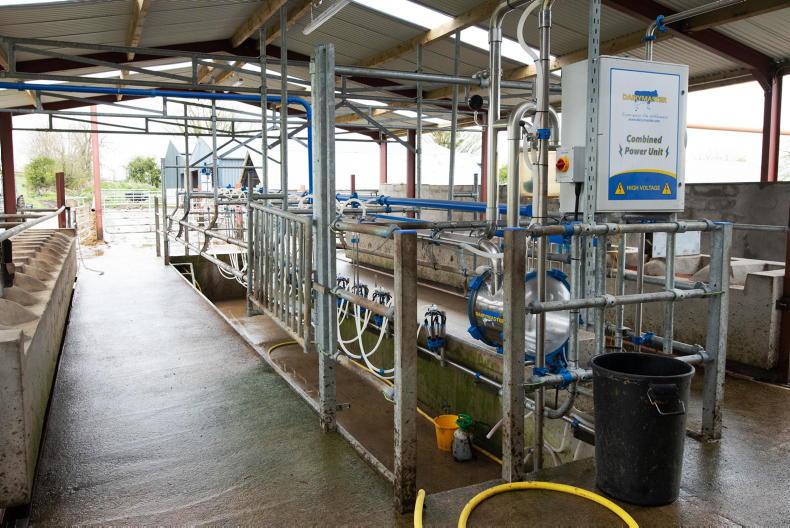
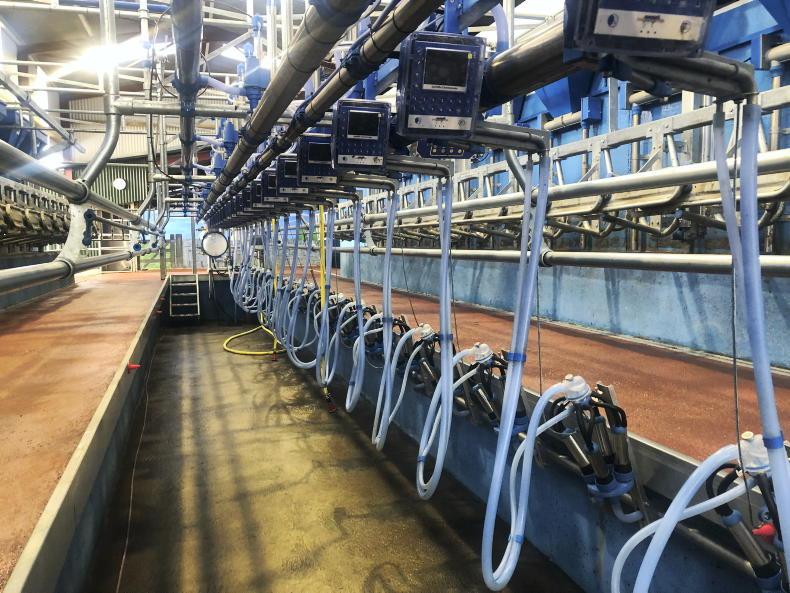
SHARING OPTIONS